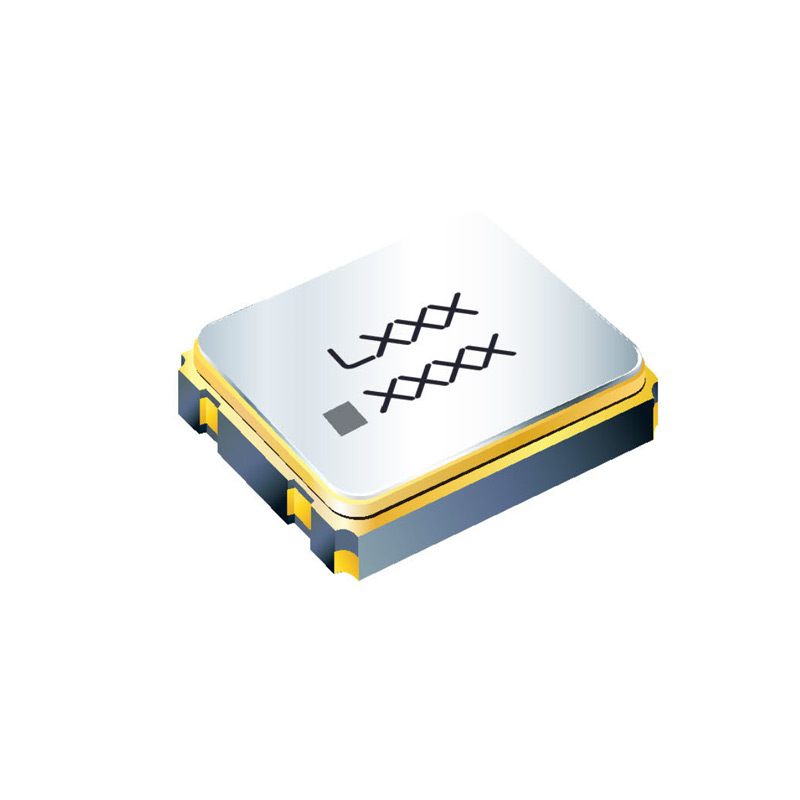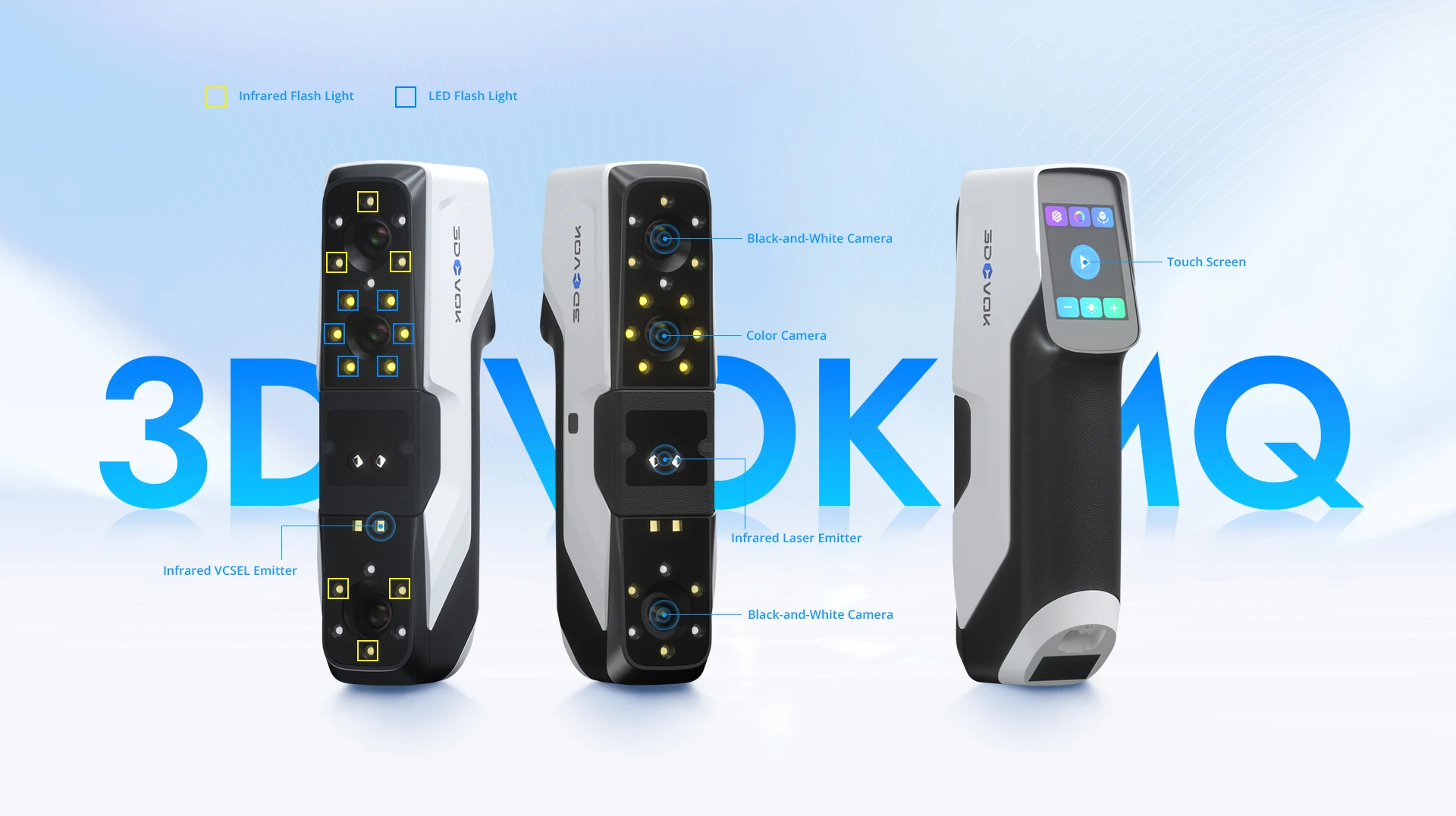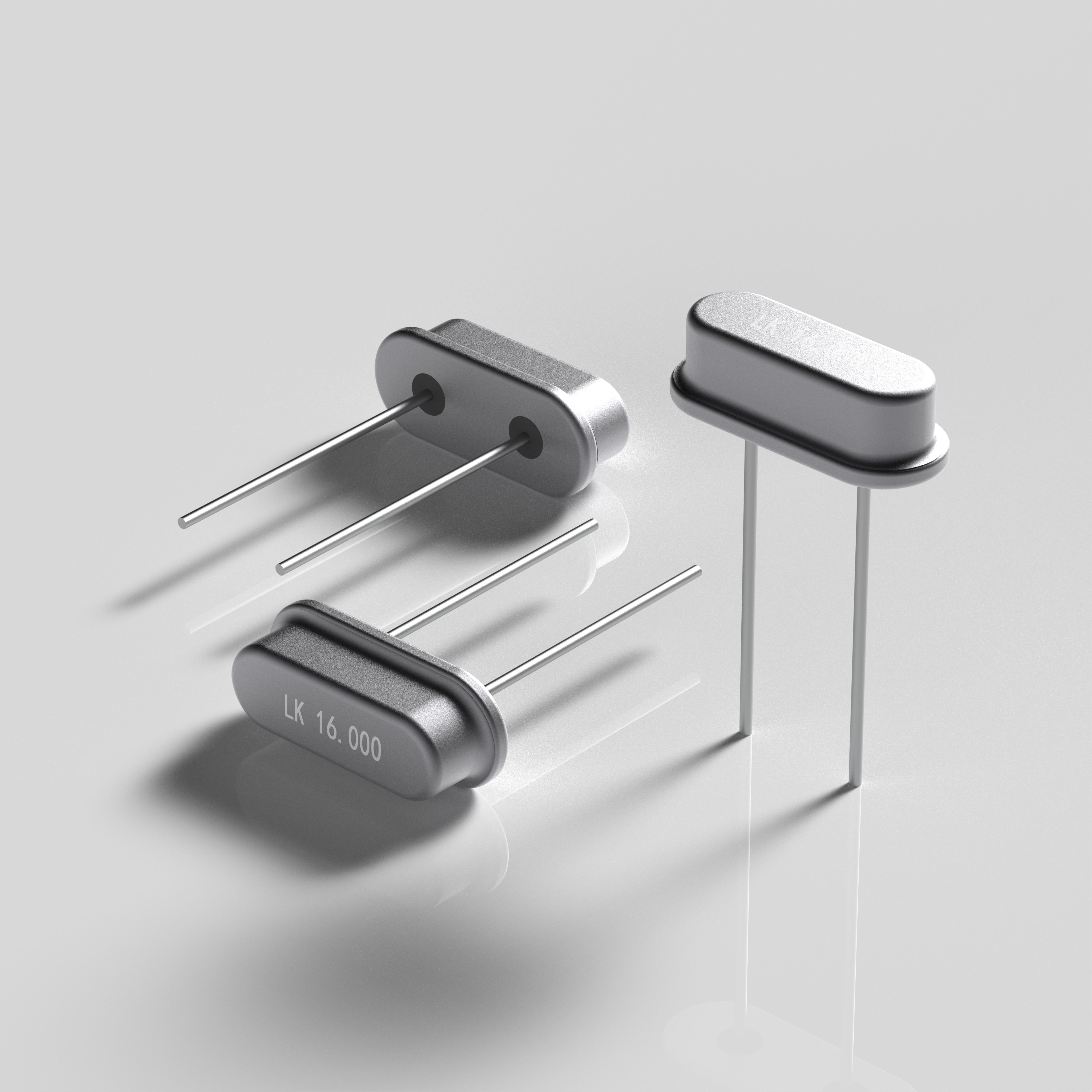The Role of Solar Inverter Panel Connectors in Grid-Tied Systems

The integration of solar energy into the power grid has led to a growing reliance on grid-tied solar systems, which necessitates a comprehensive understanding of the critical components that enable their seamless operation. Among these components, solar inverter panel connectors play a pivotal role in facilitating the efficient and safe transmission of power generated by solar panels to the grid. This article Parko delves into the multifaceted significance of solar inverter panel connectors in grid-tied systems, addressing their technical intricacies and their impact on system performance, safety, and reliability.
What are Solar Inverter Panel Connectors?

Solar inverter panel connectors, also known as photovoltaic (PV) connectors, are specialized electrical connectors used in grid-tied solar power systems. They serve as the interface between solar panels and the inverter, enabling the transmission of power generated by the solar panels to the electrical grid.These connectors are designed to handle the high currents and voltages produced by solar panels and ensure efficient power transmission. They are typically constructed with materials that provide excellent electrical conductivity and insulation properties. The connectors are also engineered to withstand environmental factors such as temperature variations, moisture, and UV exposure.Solar inverter panel connectors often feature locking mechanisms to ensure a secure connection and prevent accidental disconnection. They may also have sealing mechanisms to protect against dust, water, and other environmental elements.
The Role of Solar Inverter Panel Connectors in Grid-Tied Systems
Electrical Interconnection and Power Transmission
Solar inverter panel connectors, also known as photovoltaic (PV) connectors, serve as the essential interface between solar panels and the inverter within grid-tied systems. Their primary function is to establish a robust electrical interconnection, enabling the seamless transmission of direct current (DC) from the solar panels to the inverter for conversion into grid-compliant alternating current (AC). These connectors are engineered with a focus on high current-carrying capacity, low contact resistance, and excellent insulation properties to ensure minimal power loss and optimal power transmission efficiency.
Mitigating Voltage Drop and Energy Loss
Efficiency is a cornerstone of grid-tied solar power systems, and solar inverter panel connectors play a critical role in preserving system efficiency by minimizing voltage drop and energy loss during power transmission. Employing high-quality connectors with low insertion loss and minimal contact resistance is paramount to mitigating power dissipation and ensuring that the energy harvested by the solar panels reaches the inverter with minimal losses, thereby maximizing the overall energy yield of the system.
Adhering to Safety and Regulatory Standards
Stringent safety and regulatory standards govern the design, manufacturing, and deployment of solar inverter panel connectors to ensure the integrity and reliability of grid-tied solar installations. These connectors are engineered with robust locking mechanisms, environmental sealing, and advanced insulation materials to safeguard against accidental disconnection, environmental degradation, and potential electrical hazards. Compliance with industry standards such as UL 6703, IEC 62852, and TÜV Rheinland certification is imperative to validate the safety and reliability of solar inverter panel connectors in grid-tied systems.
Facilitating Rapid Installation and Maintenance
The design of solar inverter panel connectors emphasizes ease of installation and maintenance to expedite system deployment and streamline operational upkeep. Connectors featuring tool-less locking systems, intuitive mating interfaces, and durability against environmental stressors enable swift and secure installation, reducing labor costs and deployment time. Furthermore, the accessibility and serviceability of connectors contribute to expedited maintenance procedures, enhancing the overall operational resilience of grid-tied solar systems.
Enabling System Scalability and Flexibility
The adaptability of solar inverter panel connectors is integral to the scalability and flexibility of grid-tied solar systems. These connectors facilitate the seamless integration of additional solar panels, array reconfiguration, and system expansion, providing the necessary agility to accommodate evolving energy demands and installation requirements. The modularity and compatibility of connectors contribute to the future-proofing of grid-tied systems, allowing for efficient and cost-effective expansion without necessitating substantial infrastructure overhauls.
In summary, solar inverter panel connectors are indispensable components within grid-tied solar systems, serving as the linchpin for efficient power transmission, safety compliance, and system adaptability. Their role in mitigating energy loss, ensuring regulatory adherence, and facilitating seamless installation and maintenance underscores their fundamental contribution to the performance and sustainability of grid-tied solar installations. As the renewable energy landscape continues to evolve, the continued advancement of solar inverter panel connector technology remains pivotal in driving the efficacy and reliability of grid-tied solar power systems.
https://www.parko-solar.com/The-Role-of-Solar-Inverter-Panel-Connectors-in-Grid-Tied-Systems.html
https://www.parko-solar.com/PV-Panel-Connector-1000V-DC-Stamping-Terminal.html
Leah
Soddy.chen@Parko-pv.com


